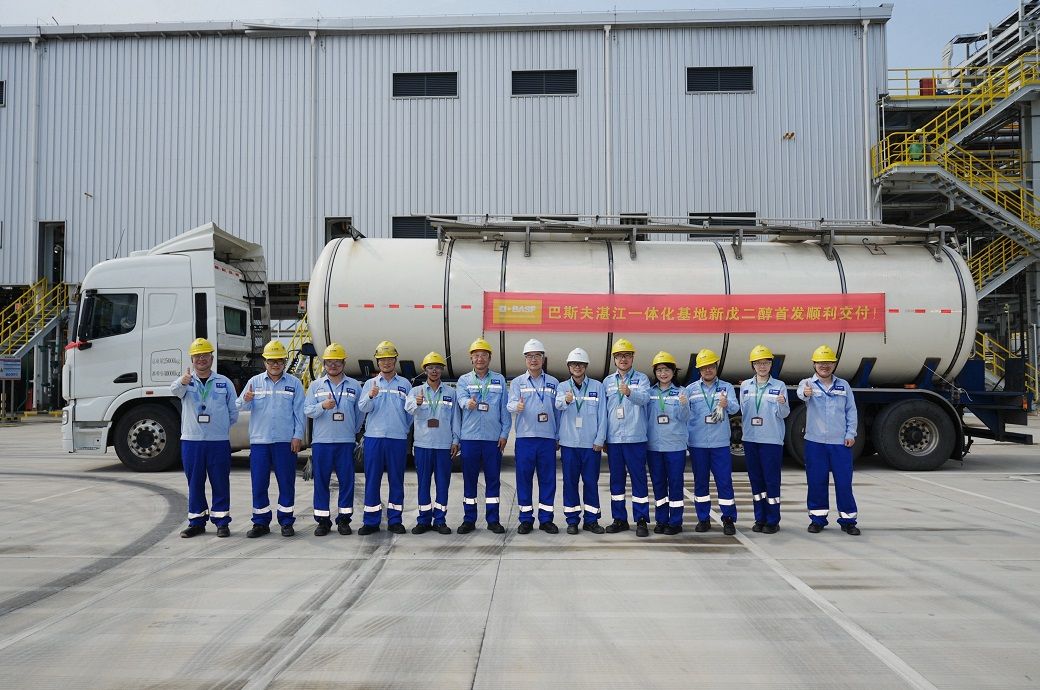
Meanwhile, BASF has launched NPG with a reduced product carbon footprint (rPCF), namely NEOL Neopentylglycol solution 90% rPCF AP, for the NPG produced at the Zhanjiang Verbund site. Preliminary evaluations indicate that the PCF of NPG produced in Zhanjiang is lower than the PCF of the same product manufactured at BASF’s existing NPG plants in Asia, due to the site’s highly efficient production technologies, Verbund integration benefits, as well as the use of lower carbon footprint chemical feedstocks and 100% renewable electricity.
Michael Becker, Senior Vice President, Intermediates Asia Pacific, BASF, said, “The new NPG plant bolsters our local production footprint by strengthening our speed and responsiveness to increasing customer demand for eco-friendly powder coating resins across Asia Pacific. This represents an important step toward our vision of being the preferred partner for sustainable intermediates.”
Powder coatings are widely used in various industries, such as building materials, general industry, home appliances, furniture, automobiles, and 3C products. Due to their low volatile organic compounds (VOC), powder coatings enable their users to comply with VOC emission standards by reducing the release of VOCs by up to 50% compared to liquid coatings. Other applications for NPG include the manufacture of lubricants, plasticizers and pharmaceuticals such as ibuprofen.
ALCHEMPro News Desk (RM)
Receive daily prices and market insights straight to your inbox. Subscribe to AlchemPro Weekly!